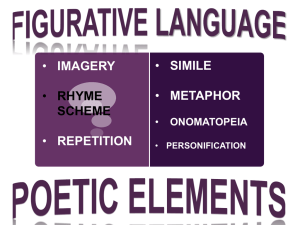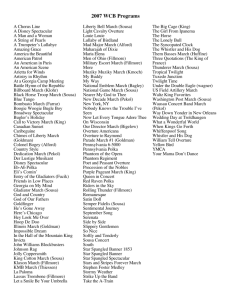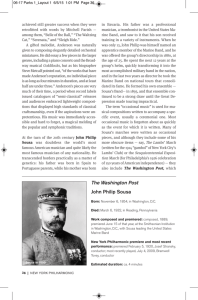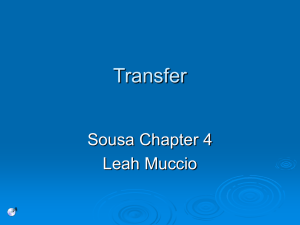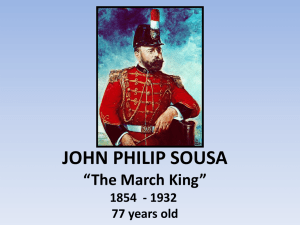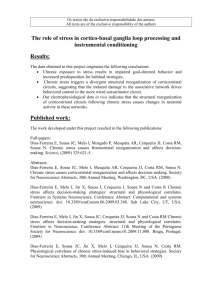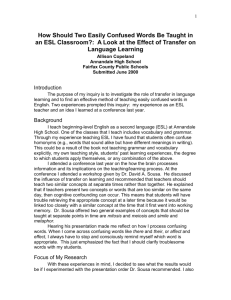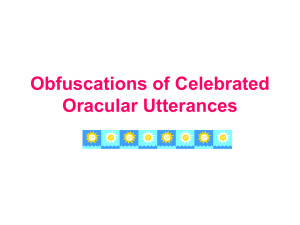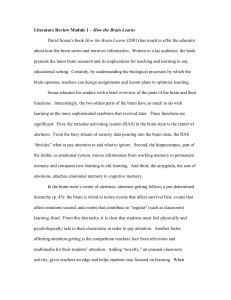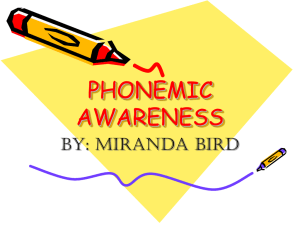How the Brain Learns to Read - Willingboro School District
advertisement
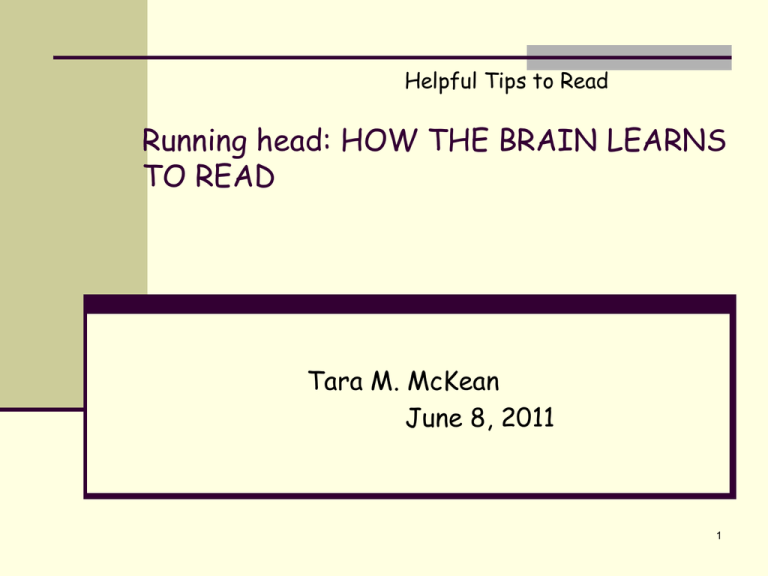
Helpful Tips to Read Running head: HOW THE BRAIN LEARNS TO READ Tara M. McKean June 8, 2011 1 3 Essential Questions on How the Human Brain Learns to Read “What must a child be able to do in order to read effectively?” “What role does working memory play in learning to read?” “What happens in the brain when a child goes from a non-reader to a novice reader, and finally to a skilled reader?” (Sousa, 2005, p. 31) 2 Essential Question #1: “What must a child be able to do in order to read effectively?” 3 “Reading is NOT a Natural Ability” “Speaking is a normal, genetically-hardwired capability; reading is not” (Sousa, p. 32). 4 “…Pruning of the phonemes [start to occur] by [the age of one], the neural networks focus on the sounds of the language being spoken in the infant’s environment (Beatty, 2001)” (Sousa, 2005, p. 16). 5 Early Stages of Reading (Clipart for Free, 2008) 6 Learning to Read Starts with… Phonemes (sounds) Alphabetic Principle New Words Rhymes 7 Phonological and Phonemic Awareness An example of phonological awareness, “the word carpet has two syllables, each one composed of three phonemes” (Sousa, 2005, p. 35). car/pet Phonemic awareness like in the word mat has three phonemes. /m/-/ă/-/t/ 8 Phonemic Awareness and Learning to Read p i g 9 Sounds to Letters (Phonemes to Graphemes) a apple ă 10 Alphabetic Principle This concept is a little difficult for children to learn due to a few problems. “The letters of the alphabet are abstract and unfamiliar to the new reader, and the sounds they represent are not natural segments of speech” (Sousa, 2005, p. 36). 11 Letters to Words + “Decoding starts with learning the letters of the alphabet and the basic sounds they represent” (Sousa, 2005, p. 37). + = (Education Week, 2009) 12 Morphemes What are morphemes and morphology? Morphological and Phonemic Awareness 13 “Is Spelling Crucial to Reading?” “Success in reading does not automatically result in success in spelling” (Sousa, 2005, p. 41). 14 Essential Question #2: “What role does working memory play in learning to read?” 15 Phases of Vocabulary Growth PreAlphabetical Phase Partial Alphabetic Phase Full Alphabetic Phase Vocabulary Growth (Mental Lexicon) Consolidated Alphabetic Phase 16 Reading Comprehension The number of words in a sentence may affect one’s ability to comprehend the sentence and its meaning. 17 Immediate Memory “Look. There goes a squirrel!” “What were we talking about?” 18 Working Memory During the first 5 to 10 minutes of reading, children need to be fully focused on what they are reading and “make connections” in order for the information to be retained. 19 Essential Question #3: What happens in the brain when a child goes from a… Skilled Novice reader Reader? Nonreader 20 Using Schema Theory in Teaching and Learning Picture Walk Read similar themed books! KWL 21 At Home Strategies to Improve Your Child’s Spoken Language Recommended for at least 20 minutes daily! Speak with and listen to your child Read with your child every day! Sing songs or poems 22 Strategy 1: Provide opportunities for speaking and listening Provide an environment that is “rich” in literature! Use technology: www.storylineonline.net & http://www.wordworld.com/parentsteachers.php are excellent websites! 23 (Education Week, 2009) Strategy 2: Read with Your Child! Listen to Reading- “We hear examples of good literature and fluent reading. We learn more words, thus expanding our vocabulary and becoming better readers” (Boushey & Moser, 2006, p. 11). Read alouds are beneficial to all children to help provide “rich” language experiences (Cobb & Kallus, 2011). Read to Someone- “Reading to someone allows for more time to practice strategies, helping you work on fluency and expression, check for understanding, hear your own voice, and share in the learning community” (Boushey & Moser, 2006, p. 11). 24 Strategy 3: Sing Songs, Lullabies or Poems Twinkle, Twinkle Little Star Twinkle, twinkle little star How I wonder what you are Up above the world so high Like a diamond in the sky Twinkle, twinkle little star How I wonder what you are (Lullabies, 1997) 25 References Boushey, G. & Moser, J. (2006) the daily 5: Fostering Literacy Independence in the Elementary Grades. Portland: Stenhouse Publishers, 2006. Clipart For Free. Retrieved from http://clipartfor-free.blogspot.com/2008/08/dora-explorerclipart.html 26 References Cobb, J. B. and Kallus, M. K. (2011). Historical, Theoretical, and Sociological Foundations of Reading in the United States. Boston: Pearson. [Electronic version] Education Week. (2009). Retrieved from http://www.wordworld.com/ 02_25_09_EducationWeek.pdf 27 References Reading is Fundamental, Inc. (n.d.). Providing a literacy rich home environment. http://www.rif.org/us/literacyresources/articles/providing-a-literacy-richhome-environment.htm Reading is Fundamental, Inc. (1997). Leading to Reading. http://www.rif.org/kids/leadingtoreading/en/babi es-toddlers/lullabies/twinkle-twinkle-littlestar.htm 28 References Sousa, D. A. (2005). How the brain learns to read. Thousand Oaks, CA: Corwin. [Electronic version] 29
